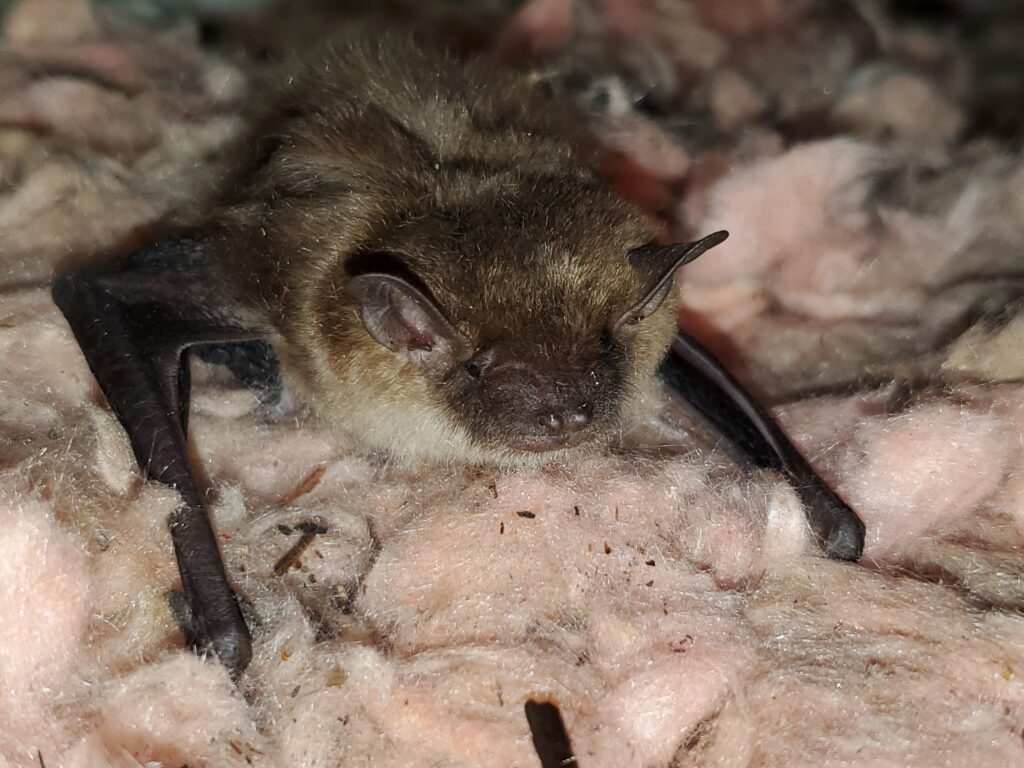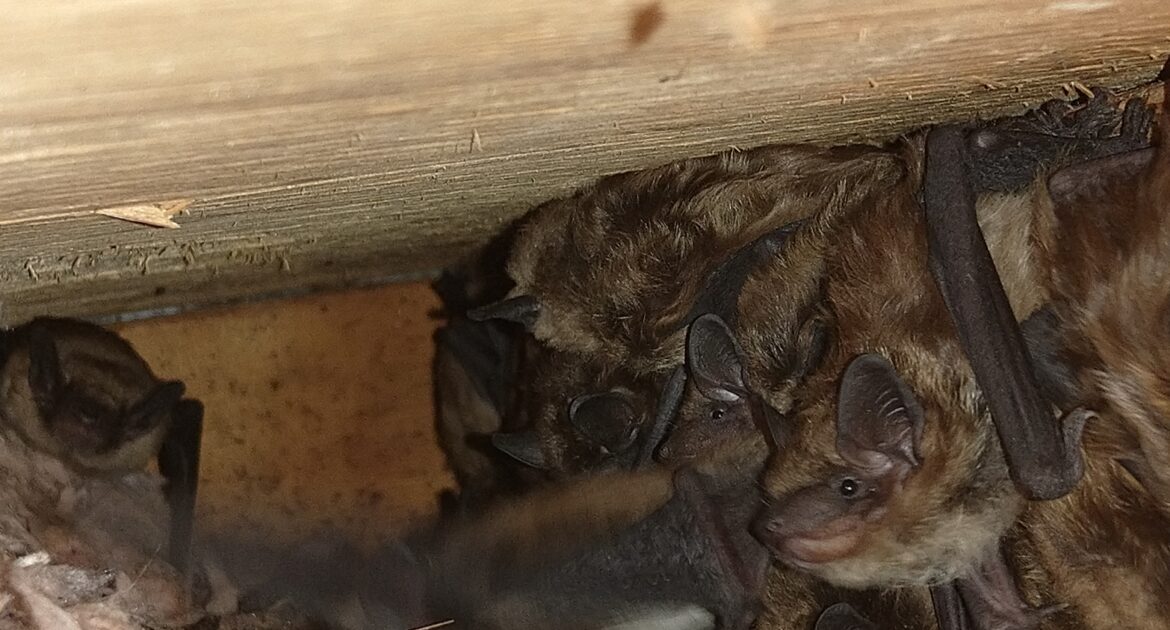Unfortunately, this often means they seek shelter in our homes, which can be a nuisance for homeowners. But don’t fret, there are humane and effective ways to remove bats from your home and keep them out in the future. In this article, we’ll explore the fascinating world of bat hibernation and provide tips on how to safely and responsibly get rid of bats in your Pickering home.
Bats are fascinating wildlife that can be a delight to watch in their natural habitat. But when they decide to hibernate in your Pickering home during winter, things can quickly become unpleasant. With the arrival of winter, bats are known to invade homes in search of a warm and safe place to sleep through the cold months. Understanding bat hibernation can help you know what to do when you find them in your home.
While it may seem like a minor inconvenience, having bats in your home can pose health risks to you and your family. Luckily, there are ways to ensure bat removal in Pickering is done safely and humanely. In this blog post, we’ll explore everything you need to know about bat hibernation and how to get rid of bats in your home.
Understanding the Bat Hibernation Process
What exactly is bat hibernation? In simple terms, bats, like numerous other wildlife, hibernate during the winter months to conserve energy and survive harsh weather conditions when their food sources are scarce. This is a period of extended sleep or inactivity, with their metabolism significantly reduced to preserve energy.
This process is known as torpor. When in torpor, bats lower their body temperature to match their surroundings and go into a state of deep sleep. This remarkable adaptation allows them to survive in freezing conditions, even when temperatures are far below freezing point.
Now, you might wonder why bats prefer to hibernate in homes. The answer is simple: homes provide the ideal conditions for bats during hibernation. Houses are typically warm, safe from predators and offer tight spaces like attic eaves or wall cavities which closely resemble the natural hibernating environments for bats like caves or hollows in trees.
How Long Does Bat Hibernation Last?
The hibernation period for bats typically occurs between late fall and early spring. The exact timing and duration of hibernation can depend on a number of variables including regional weather, species, food availability, and individual health conditions. Some bats have been known to hibernate for 6 months or more!
During this period, bats are not always continuously in deep sleep. They intersperse their hibernation with brief periods of activity for drinking water or even switching hibernacula (their hibernation spots). Don’t be surprised if you notice a bat flying in your home even during peak winter.
Preparing for Hibernation
Bats begin preparing for hibernation as early as the end of summer. This preparation process involves feeding intensively to accumulate a sufficient fat reserve that will sustain them through the hibernation period.
It’s worth noting that bats are an essential part of our ecosystem and despite the inconvenience they may cause, it’s important to understand that invading your space is a survival mechanism for them during winter. That’s why any attempt to remove bats should be done with their safety in mind.

Common Entry Points for Bats in Pickering Homes
Given the varied architecture of homes in Pickering, bats can find numerous entry points in local homes. Most of the time, these entry points are often overlooked or unknown to homeowners. Paying attention to these areas can help prevent any surprise visitors during winter months.
Narrow Gaps and Cracks
Bats are incredibly agile and can squeeze through openings as small as half an inch. Check your home for loose siding, cracked windows, or gaps in your soffit and roof intersections. It’s important to keep in mind that anything that looks like a crack or gap can serve as an entry point for bats. Once inside, they can navigate to the attic or wall voids to hibernate.
Chimneys and Vents
Open chimney flues and vents offer another perfect pathway for bats into your home. Bats can crawl through flue pipes or rest right above the damper, providing them with an excellent spot to sleep during the winter. A chimney cap can prevent their entry, ensuring they stay outside where they belong.
Roof Edges and Valleys
Roof edges and valleys are also popular entry points for bats. Any loose tiles, shingles, or poorly fitted flashing may create openings for bats to squeeze into your home. Regular roof inspection and maintenance can help identify such problems and prevent potential bat invasions.
To sum it up, bats can be crafty when it comes to finding a warm place to rest during winter. Therefore, regular home maintenance and routine inspections can prove to be your first line of defence against bat invasions. Should you find that bats have already made themselves at home in your house, remember it’s best to seek professional help for safe and humane bat removal.
Signs of Bat Infestation in Your Home
Dealing with a bat infestation at home is certainly no fun, especially during the chilly winter months. But how can you tell if bats are hibernating in your Pickering home? Thankfully, bats, like most animals, leave signs of their presence. Recognizing these clues can help you detect an infestation earlier and deal with it promptly.
Scratching and Rustling Noises
One of the most common signs of a bat infestation is the noise they make. Late at night, when the house is quiet, you might hear scratching and rustling noises coming from your attic, within your walls or even your chimney. These noises are usually the sound of bats crawling or shuffling around as they go to and from their roosting spot.
Bat Guano
Another telltale sign to look for is bat droppings or guano. Bat guano typically accumulates under the bat roost and exits. It resembles dark-coloured grains of rice and can often be found on windowsills or beneath vents and holes where bats may have gained entry. This guano can also cause a strong musky odor which can permeate through your home.
Remember, though: while bat guano can be a valuable natural fertilizer, it can also harbour harmful pathogens. Make sure to protect yourself by wearing gloves and a mask if you need to deal with it directly.
Oily Marks
When bats enter and exit a building, their fur leaves dark, greasy marks around the entry and exit points. These stains are caused by the natural oils in a bat’s fur and can be a sign of repeated use of a specific route. If you notice any such residue around potential entry spots in your home, there’s a good chance that you have bats.
Bats play a crucial role in our ecosystem and it’s important to remember that their presence in your home is primarily a quest for survival. Although they can be a nuisance and pose health risks, it’s important to handle bat invasions humanely. Look for evidence, stay calm, and, for your safety and the bats’, consider hiring professionals for bat removal services.
Why Hiring Skedaddle is Essential for Bat Removal in Pickering
After identifying that bats have invaded your Pickering home, it’s natural to feel panicked and look for quick solutions. However, bats are not your everyday pests – they are a protected species. Various laws in Pickering protect bats, and therefore, improper removal can result in legal consequences. This is where hiring a professional service like Skedaddle becomes critical.
The Skedaddle Advantage
Skedaddle Humane Wildlife Control offers a unique blend of expertise and experience. The company’s notable features include:
- Effective and Humane Practices: Skedaddle uses humane methods that do not harm the bats. Understanding that bats play an important role in maintaining ecosystems, the company ensures they are safely excluded and can find a new place to hibernate.
- Long-term Solutions: More than just removing bats, Skedaddle focuses on delivering long-term solutions. Their team also ensures the bat colonies do not return to your home by sealing all potential entry points.
- Respect for Laws: Skedaddle is well-versed in local laws and guidelines related to bat control. They ensure the process complies with all regulations, safeguarding homeowners from inadvertent legal violations.
Skedaddle’s Bat Removal Process
So, how exactly does Skedaddle handle bats in your Pickering home? The process involves three major stages:
- Inspection: The Skedaddle team begins by examining the bat infestation in your home, identifying entry points and estimating the colony size.
- Exclusion: Once the bats are identified, Skedaddle uses one-way doors to allow bats to exit your home but prevent them from re-entering.
- Cleanup and Damage Repair: Post-exclusion, the team cleans up any mess left behind by the bats, repairs damage, and implements methods to prevent future infestations.
By choosing Skedaddle, not only do you secure your home, but you also contribute to maintaining a balanced ecosystem. Recall that bats may seem like pests, but they play an essential role in our environment. The Skedaddle team understands this perfectly and is equipped to handle wildlife with the respect they deserve.
Contact us today for humane bat removal solutions.




